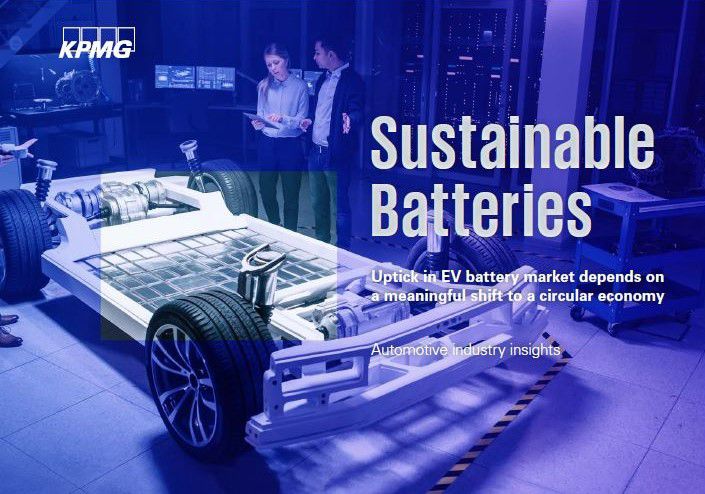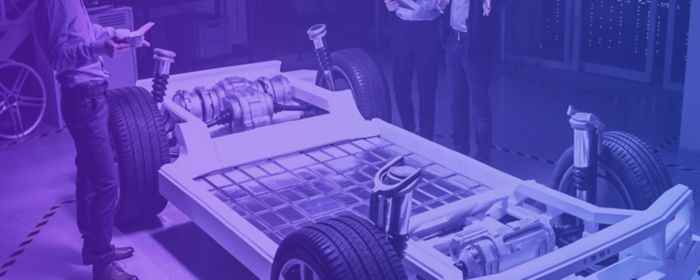EU’s new battery directive puts into action certain mandates on collection, repurpose, recycling and reuse of batteries in the EU. This new directive is linked to the European Green Deal, Circular Economy Action Plan (CEAP), and the new Industrial Strategy for Europe. From an automotive lens, it intends to enable an effective and efficient circular economy for EV batteries, thus reducing the overall environmental impact of End-of-Life EV batteries. At the same time, it is likely to create a secondary market which will supplement the supply of EV batteries and reduce import dependency of battery raw materials in Europe.
What specific challenges are automakers and battery manufacturers facing when to comes to enabling circular economy for EV batteries? What tools and strategies they can adopt to empower the rapid adoption of sustainable EV batteries? How can automakers explore new circular economy business models (CBMs) and improve collaboration with other players? Where can they initially begin by leveraging frameworks like Circular Transition Indicators (CTI)?
In this brief study, KPMG professionals intend to answer all the above questions and many more.
"Sustainable batteries" is one of the themes that we have identified as pivotal in shaping the future of global and the European automotive industry – from KPMG’s survey of global automakers and suppliers running in its 23rd year.







